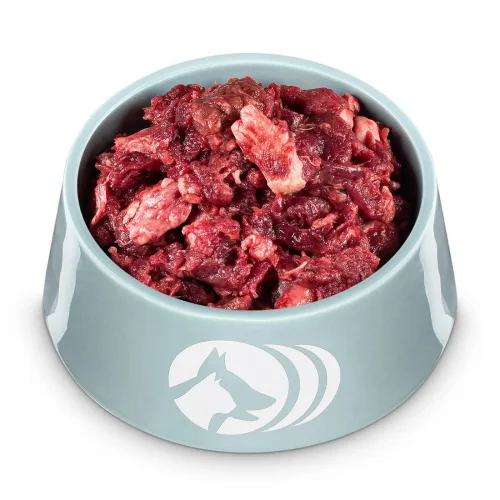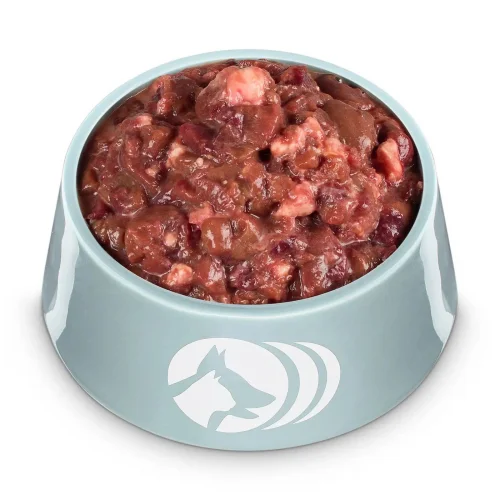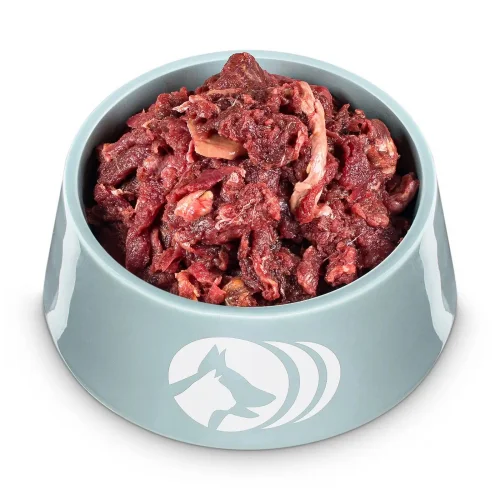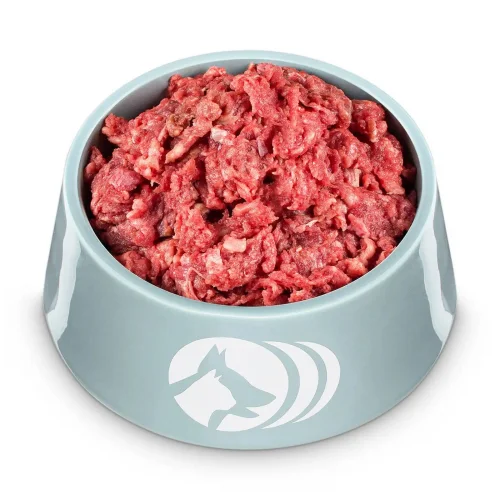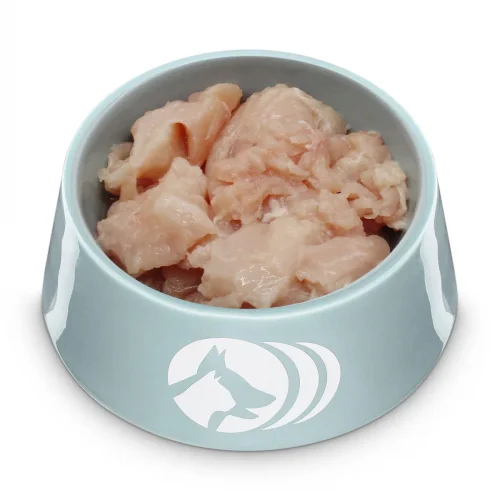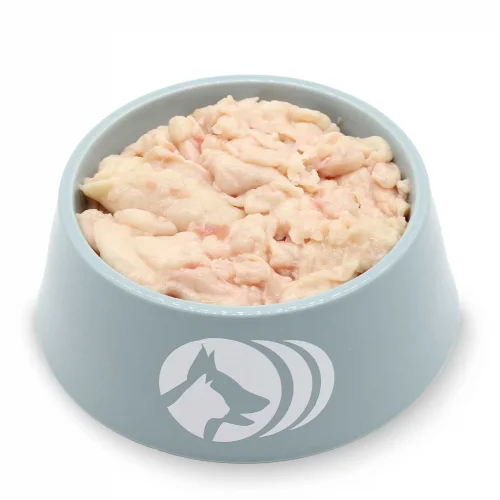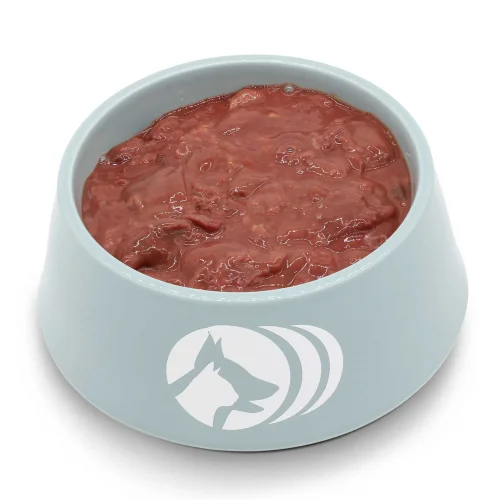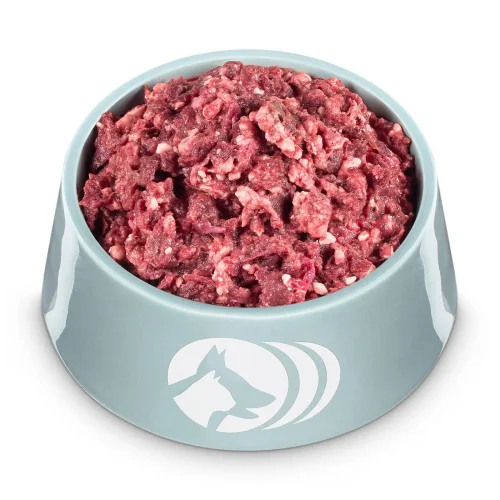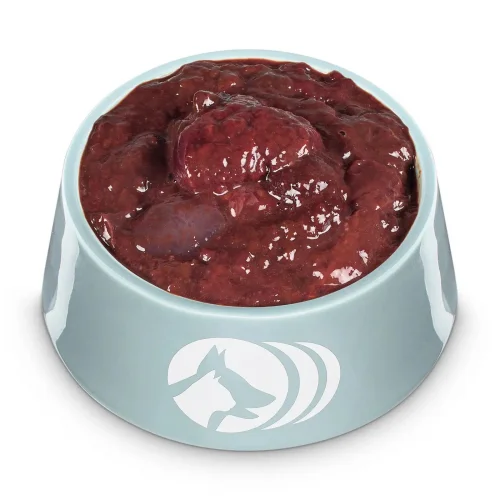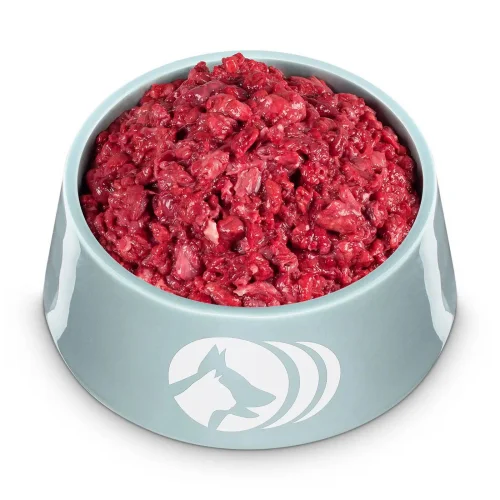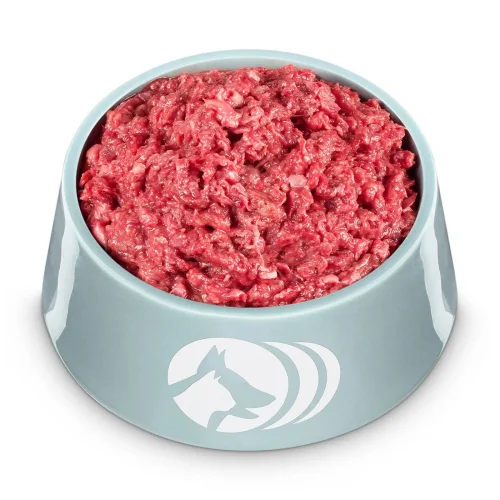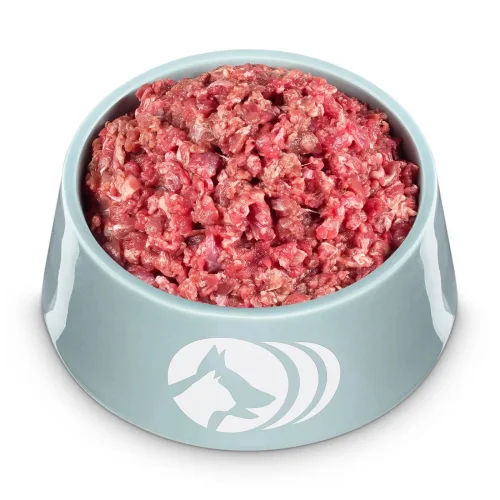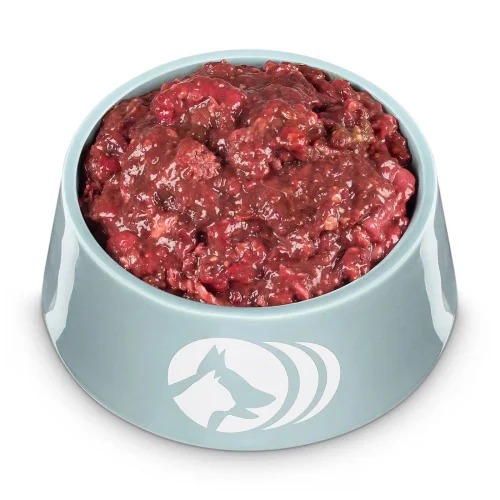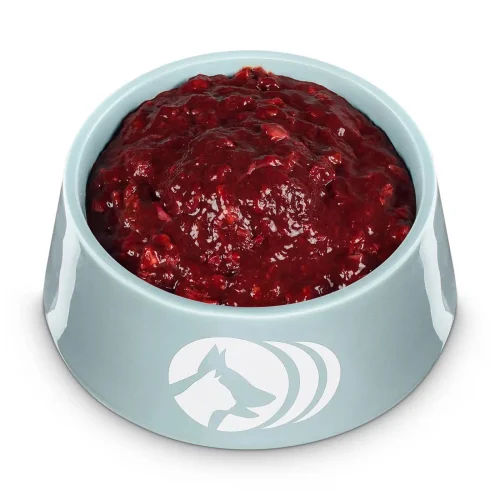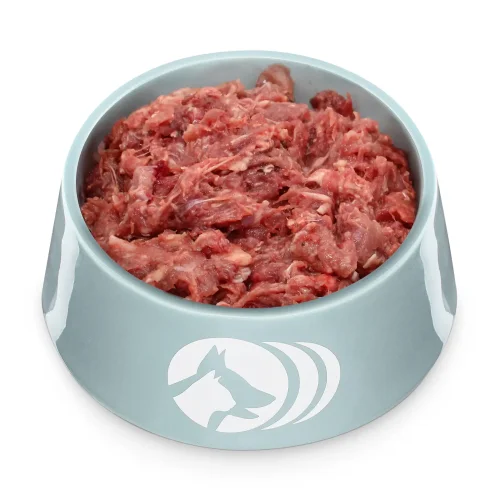-
Shipping to your country not possible.
-
Shipping to your country not possible.
-
Shipping to your country not possible.
-
Shipping to your country not possible.
-
Shipping to your country not possible.
-
Shipping to your country not possible.
-
Shipping to your country not possible.
-
Shipping to your country not possible.
-
Shipping to your country not possible.
-
Shipping to your country not possible.
-
Shipping to your country not possible.
-
Shipping to your country not possible.
-
Shipping to your country not possible.
-
Shipping to your country not possible.
-
Shipping to your country not possible.
-
Shipping to your country not possible.
BARF for kittens
Kitten BARF: Species-Appropriate Feeding from the Start
A good and balanced diet lays the foundation for a healthy and long cat life. For this reason, it is important to offer kittens raw meat from the first months of life, as Kitten BARF is the most natural and appropriate form of feeding.
To ensure healthy muscle development, it is essential to provide a sufficiently high protein content in the food. Highly digestible proteins, such as those found in muscle meat, contribute to a fast metabolism and the absorption of as many amino acids as possible.
Due to its easy digestibility, only ground meat should be fed in the first few months. However, since the jaw muscles of young kittens also need to develop, small amounts of bones or chew treats can be supplemented. In general, a varied diet should be provided, ensuring that all essential nutrients are included. Fresh meat, offal, fiber, and the right supplements ensure that your kitten receives all essential nutrients in the right balance and can develop healthily.
A balanced BARF portion for kittens consists of:
- Muscle meat: The largest portion in BARF meals, providing high-quality protein and essential amino acids for muscle development.
- Offal: A source of essential vitamins and minerals such as vitamin A from liver and iron from spleen.
- Calcium-rich ingredients: e.g., in the form of ground bones, bone meal, or special BARF supplements like dicalcium phosphate for strong bones and teeth.
- Fats: Provide energy and essential fatty acids such as omega-3 and omega-6 for healthy skin and a shiny coat.
- Fiber: Usually added in the form of vegetables such as carrots or pumpkin, important for healthy digestion.
- Essential supplements: Some nutrients like iodine, taurine, and vitamin E must be supplemented to ensure important bodily functions run smoothly.
Kitten BARF Quantity: The Right Amount of Food for Kittens
Due to their rapid growth and high activity levels, kittens require significantly more energy and nutrients than adult cats. At the same time, their digestive system is not yet fully developed. Therefore, the feeding amount and frequency should be carefully chosen, and calorie-rich and easily digestible food should be provided.
In the first months of life, kittens require several small meals per day. Typically, three to four feedings should be planned. As a general rule, the food quantity should be around 5-10% of body weight per day, depending on age, weight, and activity level. This amount gradually decreases as the kitten grows since the energy and nutrient requirements decrease relative to body weight.
It is important to monitor the kitten's weight regularly and adjust portions accordingly. Overfeeding and underfeeding should be avoided, as both can negatively impact growth and long-term health. With well-planned, small, and nutrient-rich meals, the best foundation for a healthy development and a vital kitten life can be established.
High-Quality Kitten Food from eBarf
In our online shop, you will find a wide range of high-quality Kitten BARF from beef, horse, chicken, and duck. This allows you to customize your kitten's meals individually. Alternatively, we also offer gently cooked Fix-BAF® Complete Menus, which already contain all essential nutrients in the right proportions for your kitten's needs.
Kitten food is suitable for cats up to about 12 months of age. Large cat breeds, such as Maine Coons or Norwegian Forest Cats, mature later and can be fed kitten food until around 15 months. After that, they can transition to our Fix-BARF® Complete Menus for adult cats.
The Benefits of Kitten BARF at a Glance
- Optimal Growth: High-quality proteins and fats promote muscle and tissue development.
- Strong Bones and Teeth: Calcium and phosphorus from natural sources support bone development and strong teeth.
- Healthy Immune System: Fresh, unprocessed ingredients provide many vitamins and minerals for a strong immune system.
- Better Digestion: Natural food is easily digestible and reduces digestive problems.
- Shiny Coat: Essential fatty acids ensure healthy skin and a silky coat.
- Individual Adaptation: Food quantity and composition can be precisely tailored to the kitten’s needs.
Frequently Asked Questions (FAQs) about Kitten BARF
1. Can I give my kitten raw meat, or is it dangerous?
Yes, kittens can start eating finely ground meat as soon as they transition to solid food. BARF is safe for kittens if hygiene and quality are ensured. Meals should always be balanced and portion sizes adjusted according to the kitten's age and weight.
2. How much food does my kitten need when fed with BARF?
The appropriate Kitten BARF amount is about 5-10% of body weight per day, divided into three to four small meals. The exact amount depends on age, weight, and activity level. It is important to adjust portions regularly according to the kitten’s weight.
3. What are the benefits of BARF for kittens?
BARF supports optimal growth, strengthens bones and teeth, improves digestion, and promotes a healthy immune system. Additionally, it ensures a shiny coat and can be individually tailored to the kitten's needs.





















